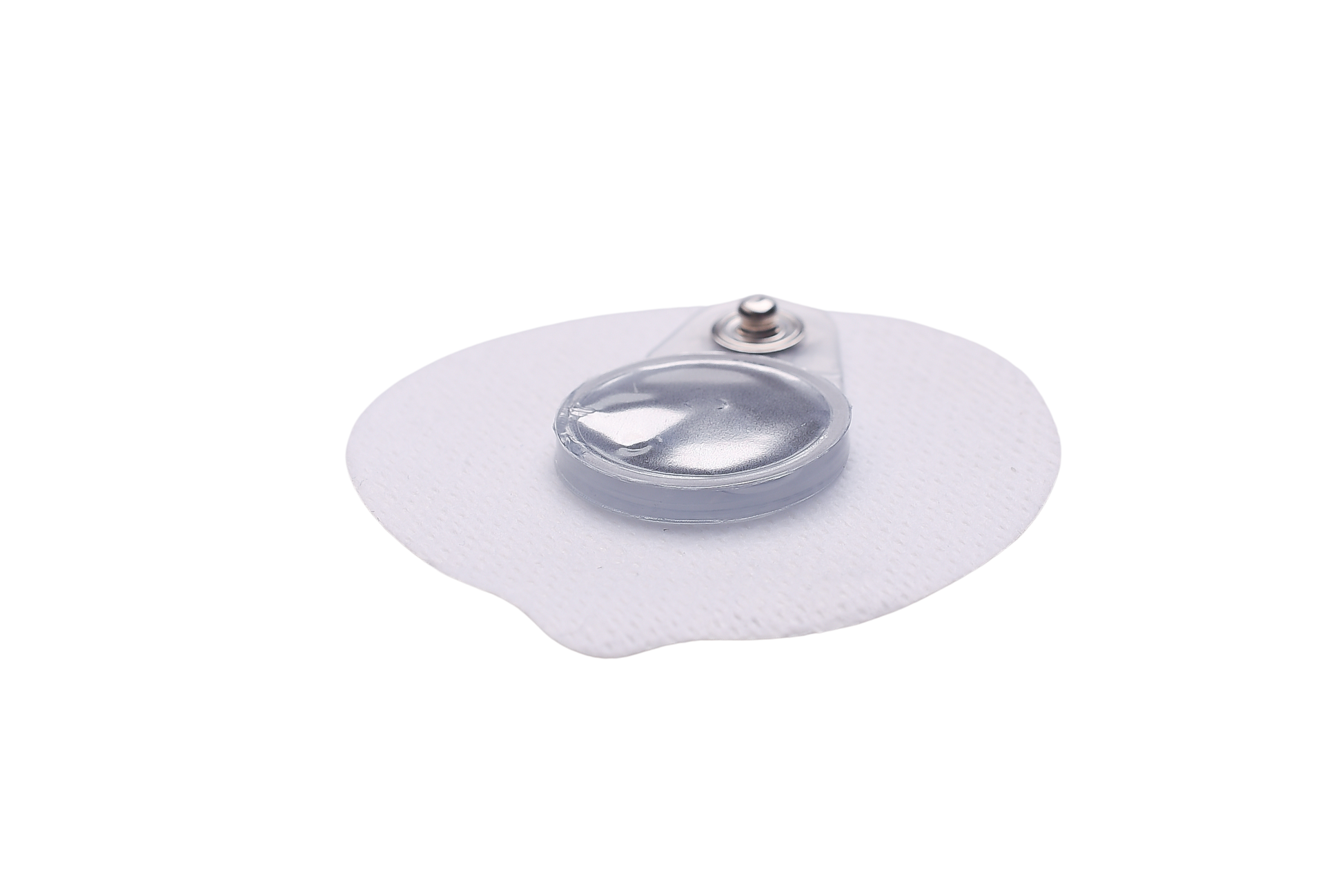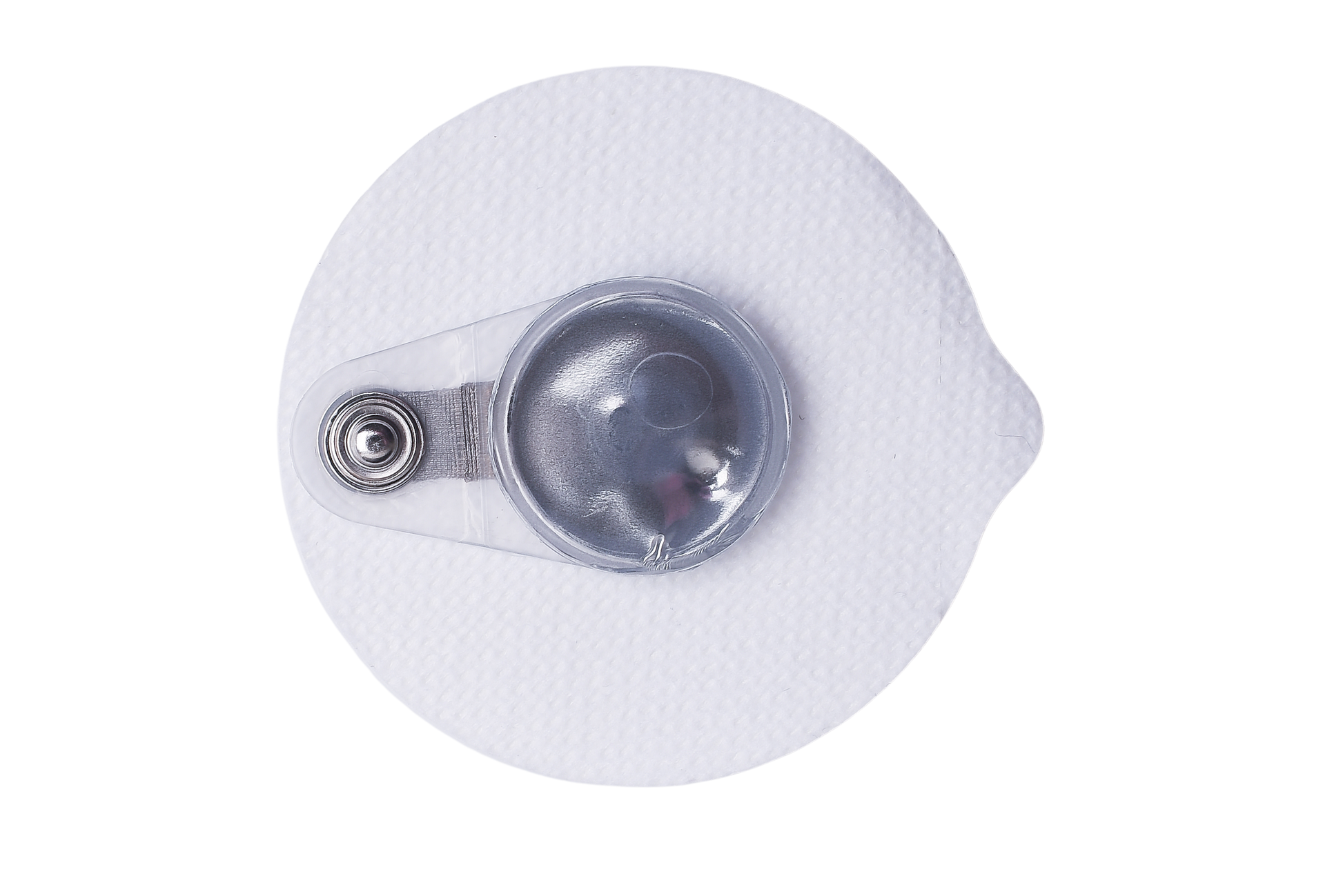Nahtlos
Duratrode Pack - 5 Long-term Electrodes for Holter ECG
Duratrode Pack - 5 Long-term Electrodes for Holter ECG
Couldn't load pickup availability
Introducing the first valid alternative to 60-year-old medical gel electrodes - Duratrode. Our unique solution offers excellent signal quality and high patient comfort for long-term diagnostics, remote patient monitoring, and personalized medicine.
Duratrode is:
- A valid alternative to gel electrodes with excellent signal quality
- Can be worn for up to 10 days for extended diagnostics and cost-effectiveness
- No gel, uses conductive textiles and membrane technologies for greater patient comfort.
Unlike gel electrodes, Duratrode electrodes can be worn for up to 10 days providing consistent signal quality for the entire duration. The combination of conductive textiles and membrane technologies enables us to offer a cost-effective solution for medical care providers. With greater patient comfort, consistent signal quality for 10 days, Duratrode is the ideal choice for long-term medical measurements.
Duratrode is a cost-effective solution for long-term cardiac monitoring such as Holter ECG.
Price is for a package of 5 pieces.
Share
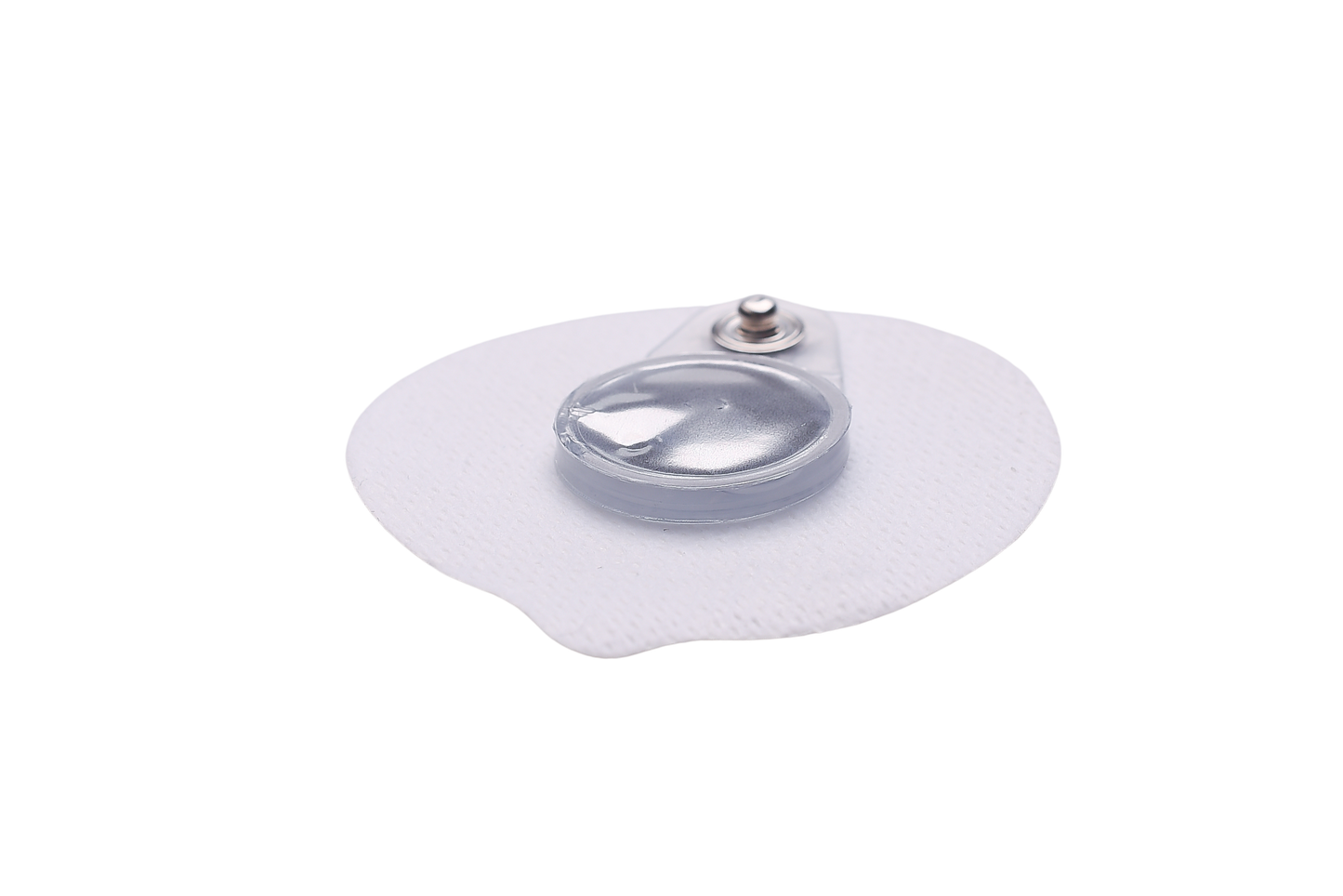
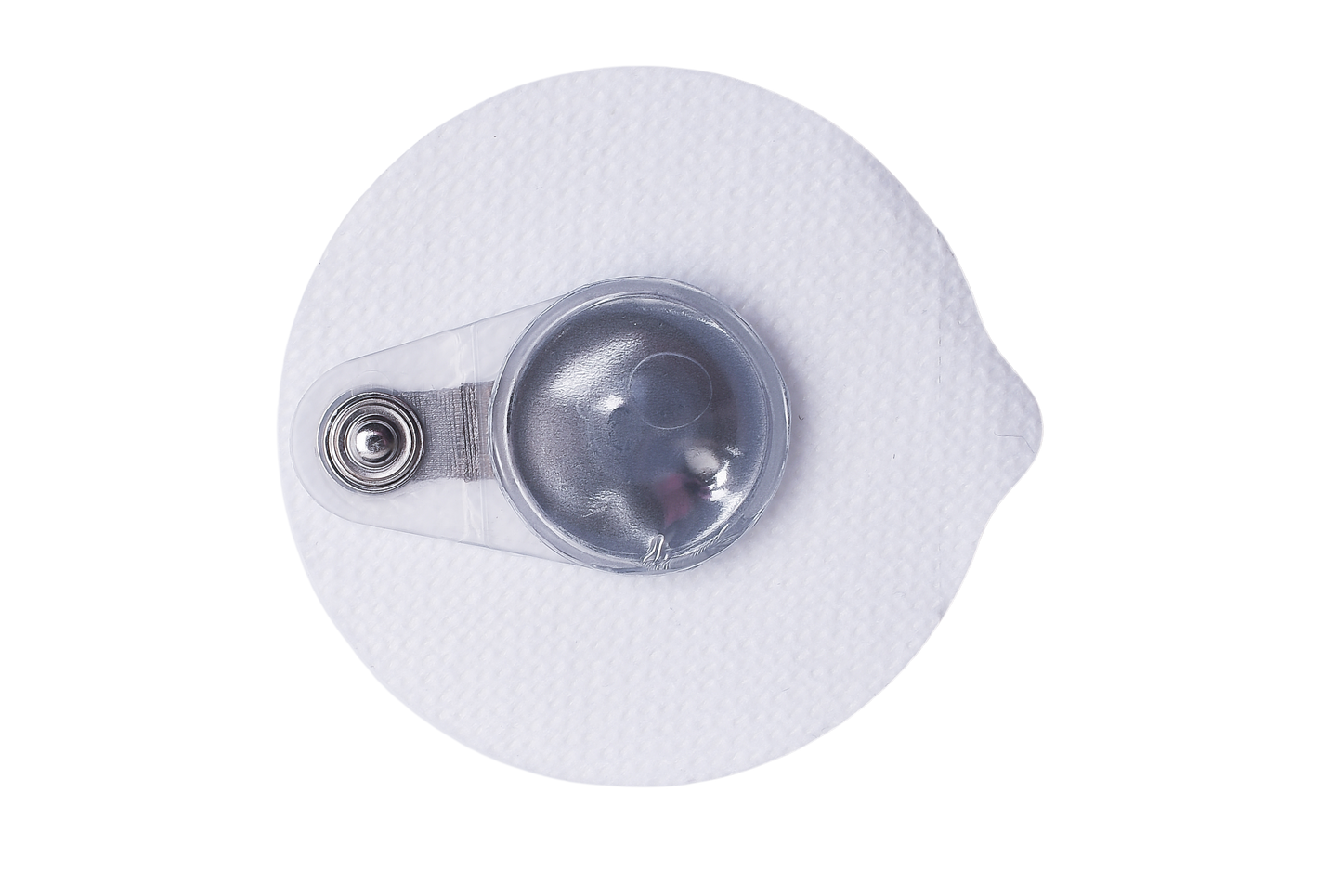
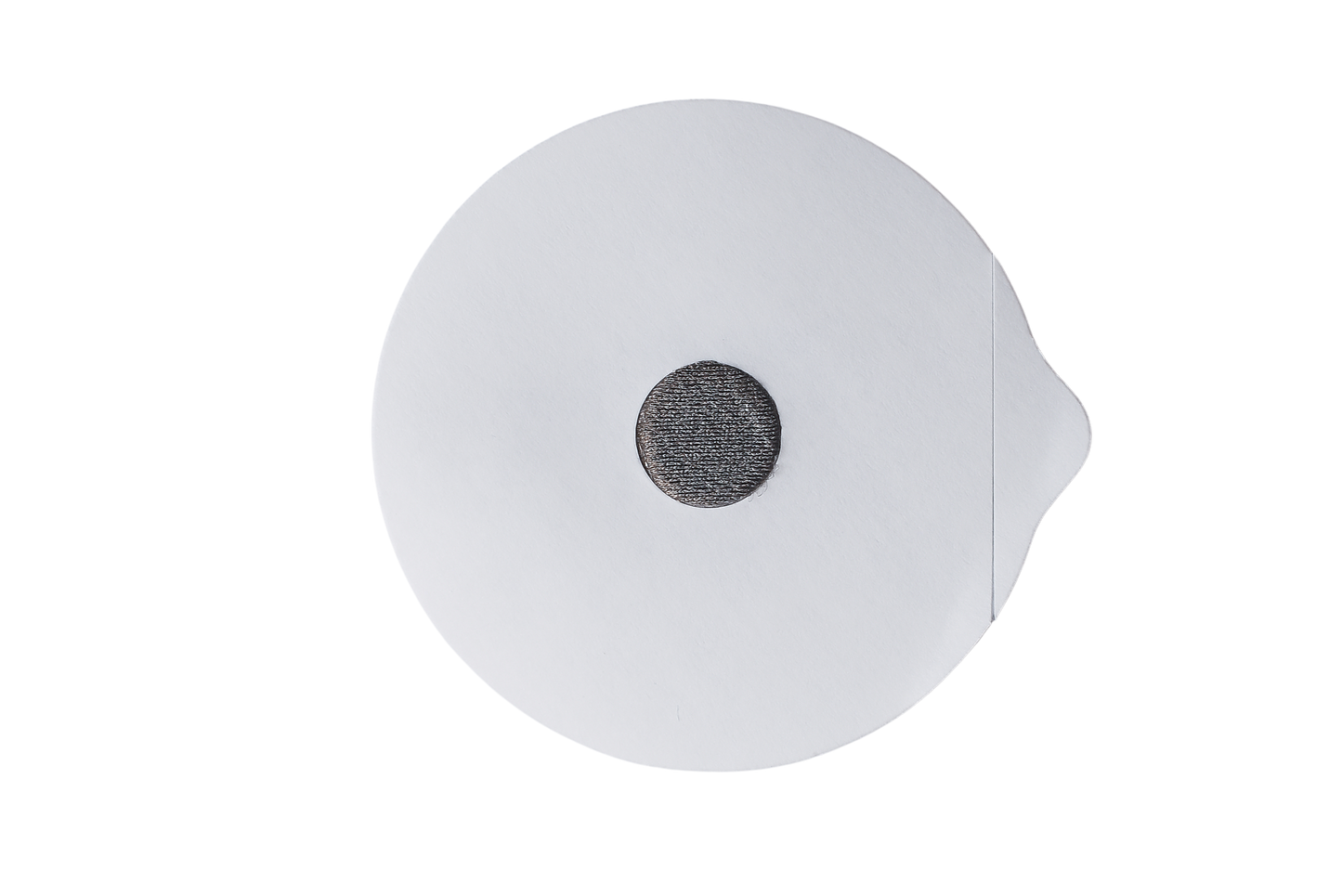
Revolutionizing Long-Term Medical Monitoring with Nahtlos Adhesive Electrodes
Performance and Comfort with Nahtlos Adhesive Medical Electrodes
Excellent Signal Quality
With traditional electrodes, the gel dries out over time, leading to diminished signal quality. Nahtlos adhesive electrodes meet the gold standard in signal quality throughout their extended usage period.
Long-Term Application
Our state-of-the-art adhesive medical electrodes offer performance and durability for long-term monitoring applications. Unlike conventional gel electrodes that typically last for just three days before needing replacement, our innovative design maintains optimal signal quality for up to 10 consecutive days.
Improved Patient Comfort
This breakthrough technology is particularly beneficial for long-term Holter ECG measurements, as it eliminates the need for patients to replace the electrodes during the monitoring process. This not only improves the overall patient experience but also significantly reduces the risk of potential failure due to incorrect electrode placement or handling.
Subscribe to our emails
Stay Current on the Newest Developments in Nahtlos Electrode Technology

